Companies that run e-commerce stores would know this well — every time you search for a product on Google, you see product listings either in the Shopping tab or sometimes right at the top of the main search results. These listings don’t appear by chance.
They show up because brands have set up and are actively maintaining their Google Merchant Center (GMC) account.
The better and more complete your GMC setup is, the higher your chances of showing up in these valuable spots when customers are searching for products like yours.
This blog explains how to make the most of Google Merchant Center to drive both online and in-store growth.
"The future of retail lies in blending online discovery with offline convenience—and Google Merchant Center plays a key role in making that happen."
— Neil Patel, Digital Marketing Expert
Table of Contents
- What Does Google Merchant Center Do for Brands?
- Understanding Google Merchant Center
- How Google Merchant Center Increases Product Visibility?
- Where Can Your Products Appear via Google Merchant Center?
- How To Optimize Google Merchant Center To Improve Organic Visibility?
- Additional Strategies to Improve Your Google Merchant Center Ranking
- Conclusion
1. What Does Google Merchant Center Do for Brands?
Google Merchant Center (GMC) is a powerful tool that helps omnichannel brands make their products more visible across Google platforms like Search, Shopping, and YouTube. Here are the most important things it enables for businesses:

1.1. Automatic Syncing of Product Catalogue
GMC allows you to upload and manage your entire product catalog in one place. This ensures that product titles, descriptions, prices, availability, and images stay updated automatically — saving time and avoiding errors.

Another big advantage of uploading a high-quality, complete product catalogue is that it also gets picked up by visual tools like Google Lens.
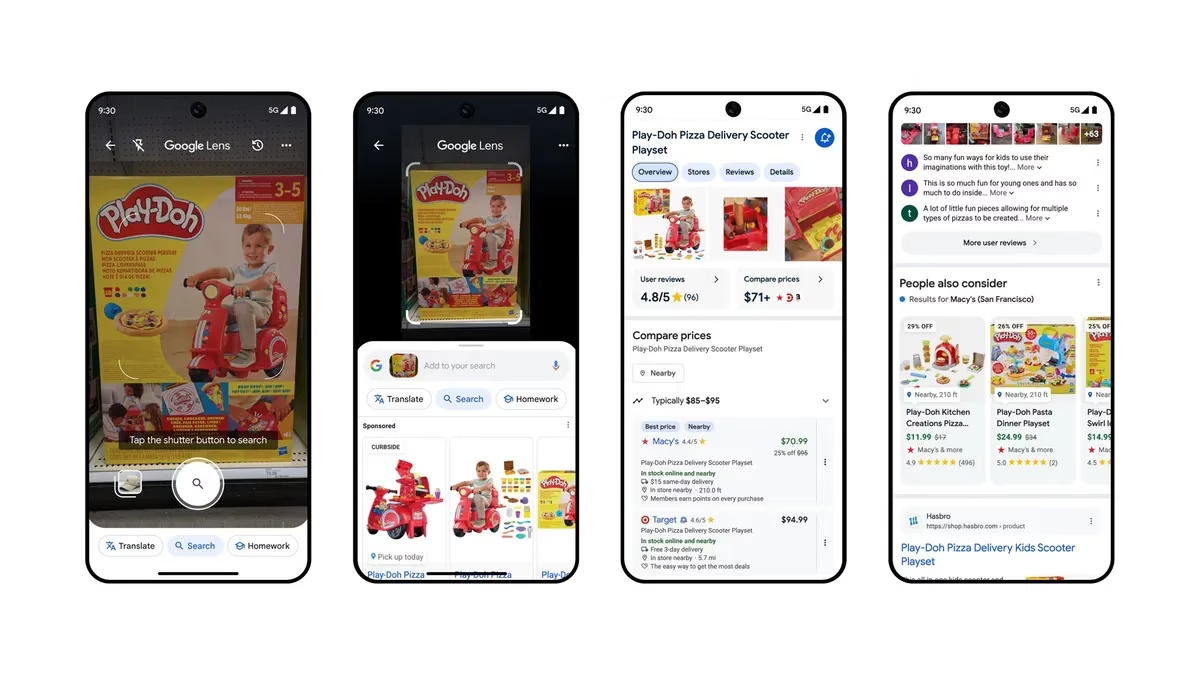
For example, if someone clicks a photo of your product using Google Lens, Google can match it with your catalogue and show your product in search results — giving you an extra chance to reach potential buyers. This happens because of the product data you’ve synced in Google Merchant Center.
1.2. Easy Promotion and Discount Integration
Brands can also add special offers, discounts, or seasonal promotions directly into GMC. These appear alongside products in Google Shopping results, helping attract more attention and driving higher click-through rates.

1.3. Syncing Reviews and Ratings
One key feature that many brands overlook is syncing customer reviews and product ratings from their e-commerce platforms (like Shopify, WooCommerce, or Magento) to GMC.

These reviews get displayed on Google Shopping listings, building trust and influencing purchase decisions. To do this, brands need to set up a feed or integrate with review aggregators that Google approves — making sure that positive customer feedback reaches potential buyers directly on Google.
1.4. Linking Offline Stores and Inventory for Omnichannel Brands
For omnichannel businesses with both online and offline stores, GMC helps sync store locations and real-time inventory. This way, shoppers nearby can see which physical stores have the product in stock. It’s a big advantage for driving footfall and offering “Buy Online, Pick Up In Store” (BOPIS) or local delivery options.
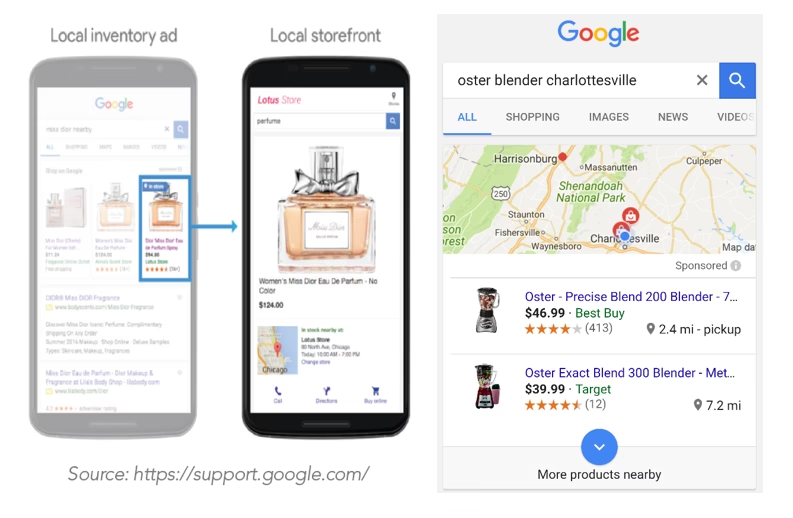
Most companies focus only on the first part — syncing their product catalogue — and leave out the rest. But if you also make full use of features like syncing reviews and ratings, adding promotions, and connecting your offline store inventory, it can give your listings more visibility on Google.
This not only builds trust with shoppers but also helps drive more organic traffic to your website without spending extra on ads.
2. Understanding Google Merchant Center
Google Merchant Center (GMC) is a free tool that helps millions of shoppers on Google discover, explore, and buy your products. With a Merchant Center account, you can upload and manage your product data so that your products appear across different Google surfaces such as Google Search, Maps, YouTube, and more.
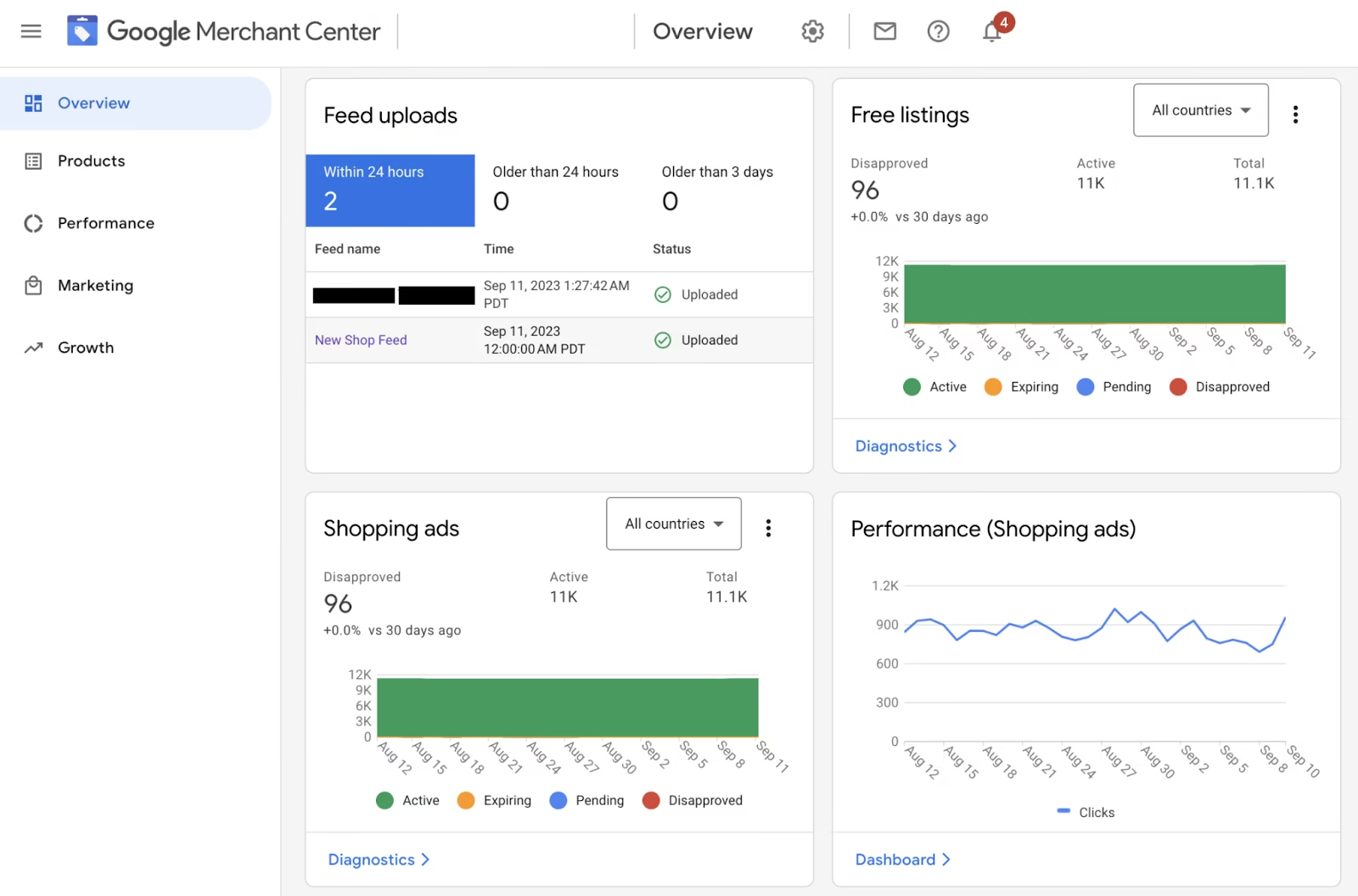
While Merchant Centre is often associated with paid Shopping ads, its role in boosting organic visibility is equally powerful. Google continues to lead the online search market, outpacing all competitors in terms of reach.
In fact, Statista reports that Google.com is the world’s most visited website, attracting an average of 85.5 billion monthly visitors and commanding over 90% of global online searches and web traffic.
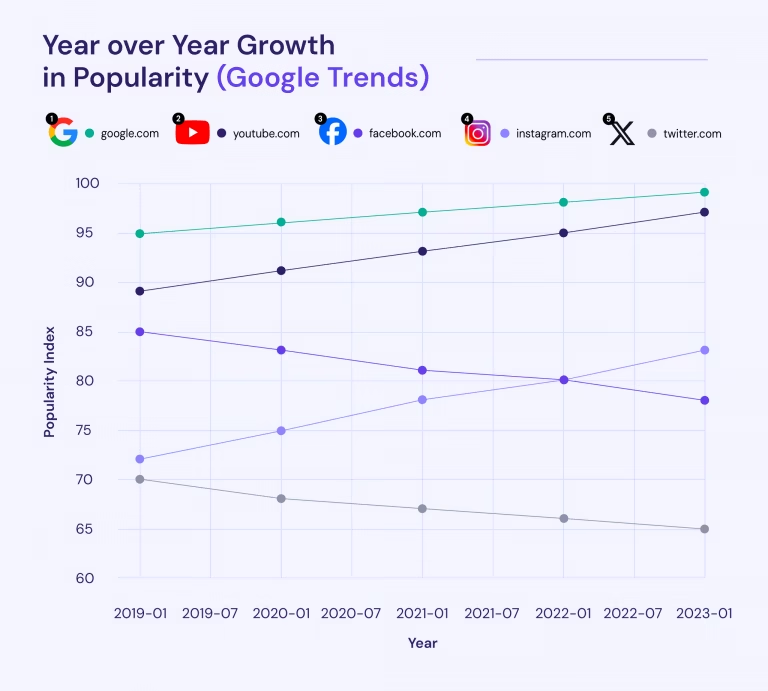
Hence brands that optimize their presence on Google Merchant Center (GMC) gain a significant edge.
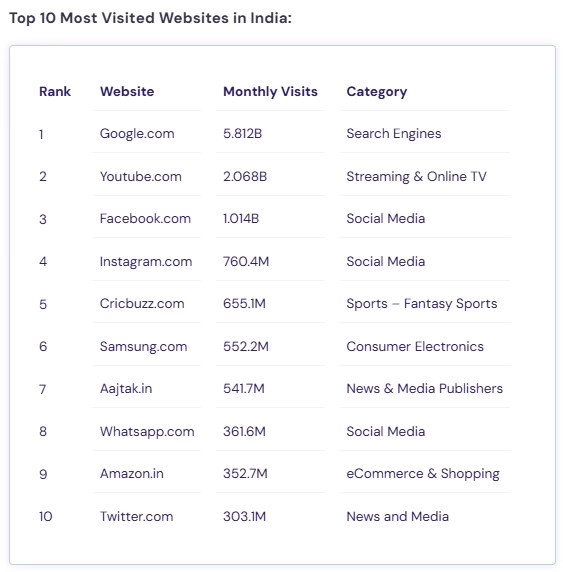
Google Merchant Center gives brands a free, powerful way to showcase products across Google’s vast network—reaching millions of potential shoppers.
It centralizes product data, making updates easy and listings accurate, which boosts both visibility and conversions. For physical stores, GMC also drives local discovery by showing store inventory in nearby searches and on Google Maps.
3. How Google Merchant Center Increases Product Visibility?
Google Merchant Center (GMC) isn’t just about listing products—it’s about making them easily discoverable where shoppers are already searching. Here’s how it helps your products stand out:

- Product Feed Submission: You upload a structured feed (with product titles, descriptions, images, prices, availability, etc.) to GMC.
- Google Indexing: Google uses this data to index your products and match them to relevant user searches.
- Rich Listings: Well-optimized GMC feeds result in rich, visually appealing product listings with images, prices, ratings, and promotions.
- Wider Reach: Your products can be shown to millions of shoppers actively searching for items like yours.
4. Where Can Your Products Appear via Google Merchant Center?
When you upload your products to Google Merchant Center, they don’t stay in just one place. Google shows them across its platforms to help you reach more potential customers.
Here’s where your products can show up:
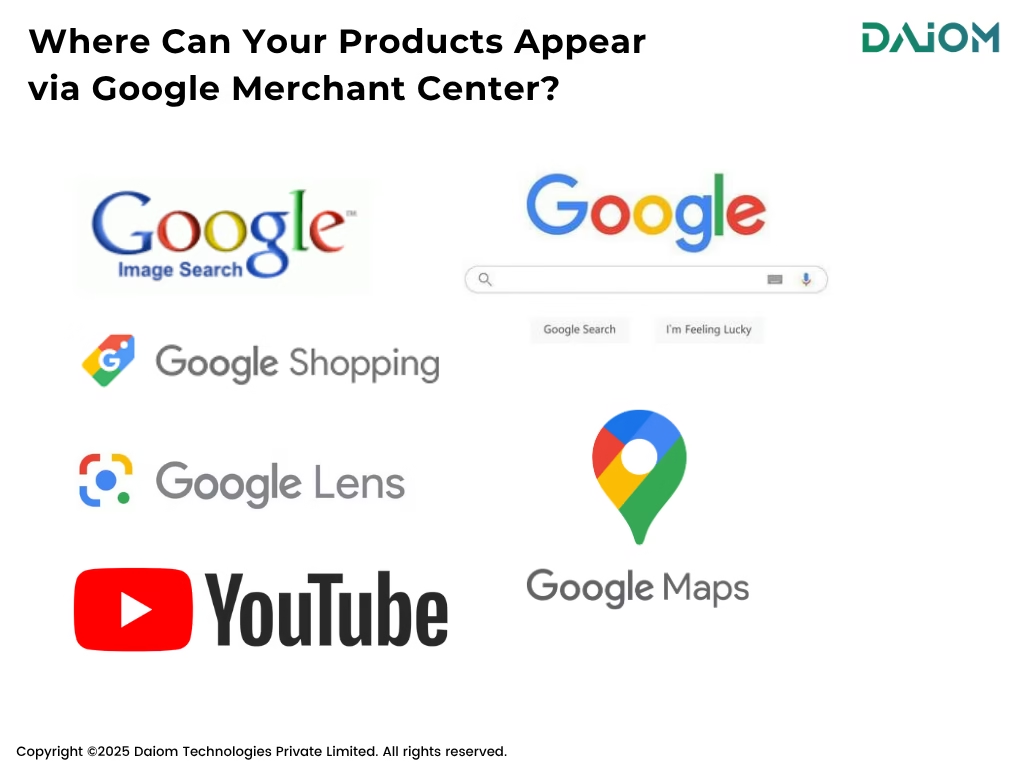
- Google Search: Products may surface directly in Google search results when users enter relevant keywords or search for similar items.
- Google Shopping: By listing products in Google Merchant Center, businesses can feature their items on the dedicated ‘Shopping’ tab, allowing customers to browse and purchase directly from Google Shopping.
- Google Images: Products can appear in Google Images search results when users look for related images or use relevant keywords, with the option for customers to proceed to checkout from there.
- Google Maps: By listing products in Google Merchant Center, businesses can display their offerings on Google Maps, helping local customers discover products available in nearby physical stores.
- YouTube: Through integration with Google Ads Manager, businesses can promote products on YouTube, targeting audiences based on interests and viewing behavior.
- Google Lens: When users search using Google Lens, your products can be identified and made available for purchase if they match items in the search results.
5. How To Optimize Google Merchant Center To Improve Organic Visibility?
Here are some actionable strategies, to help brands leverage GMC for better search rankings, traffic, and sales.
5.1. High Quality Product Data
Brands that optimize their feeds can see up to 30% higher organic visibility in Google Shopping results. This means your products are more likely to appear when potential customers search — without extra ad spend.
But for this to happen, your feed must be complete, clear, and detailed. A good product feed helps Google understand your items better, so it can match them to the right user searches.
- Keyword-Rich Titles & Descriptions: Use customer-centric keywords (e.g., “Orthopedic Memory Foam Mattress for Back Pain”) to align with search intent. Avoid jargon , prioritize clarity and include important attributes of the product in the title
- High-Quality Images: Upload multiple high-resolution images with clean backgrounds. Google prioritizes listings with professional visuals.
- Accurate Pricing & Availability: Regularly update your feed to reflect up to date inventory and pricing. Discrepancies between your website and GMC can hurt rankings. Match the product titles with those of the landing page data to match customers’ expectations.
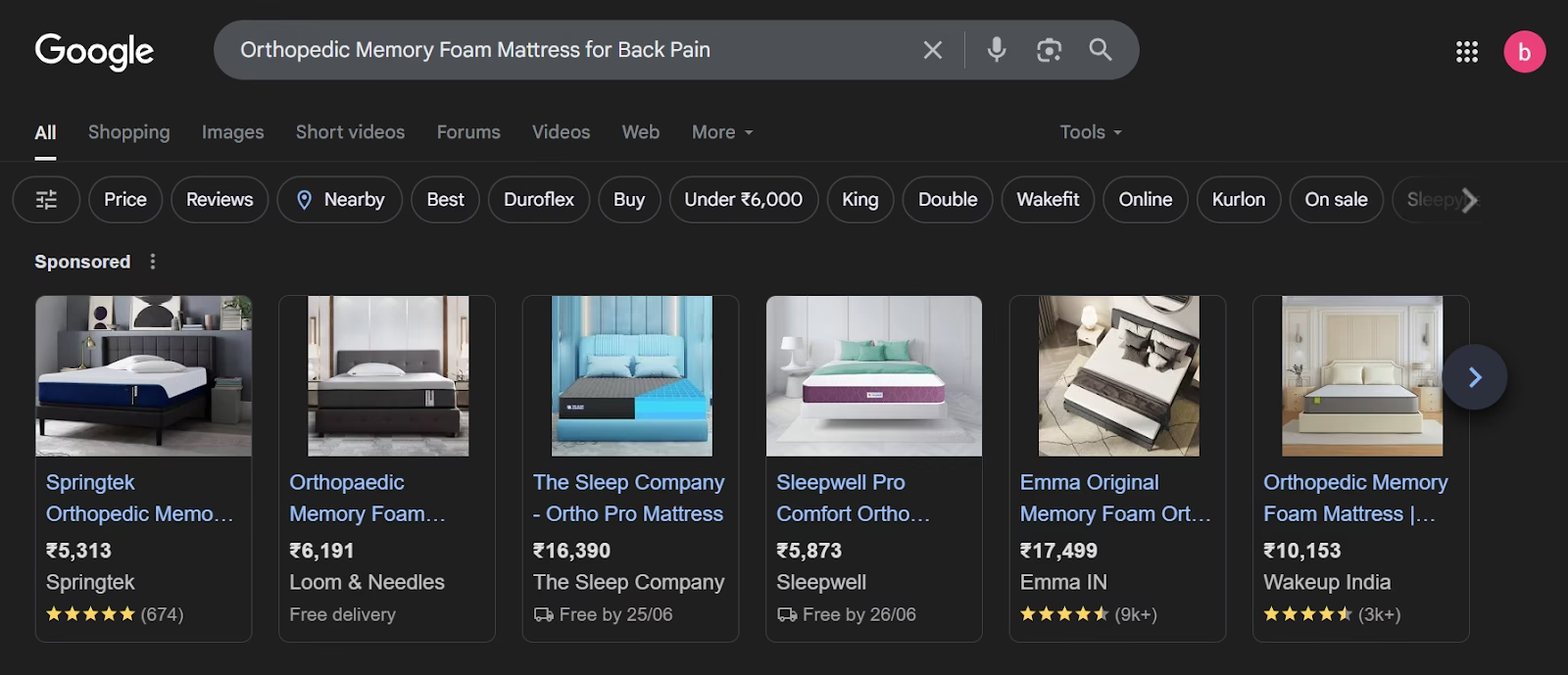
5.2. Showcase Customer Reviews & Ratings
Google uses customer reviews as a ranking signal for organic listings. Positive reviews build trust and improve click-through rates (CTR). Collect and integrate customer reviews using Google-approved review aggregators and display ratings and reviews on your product listings to build trust and improve CTR.
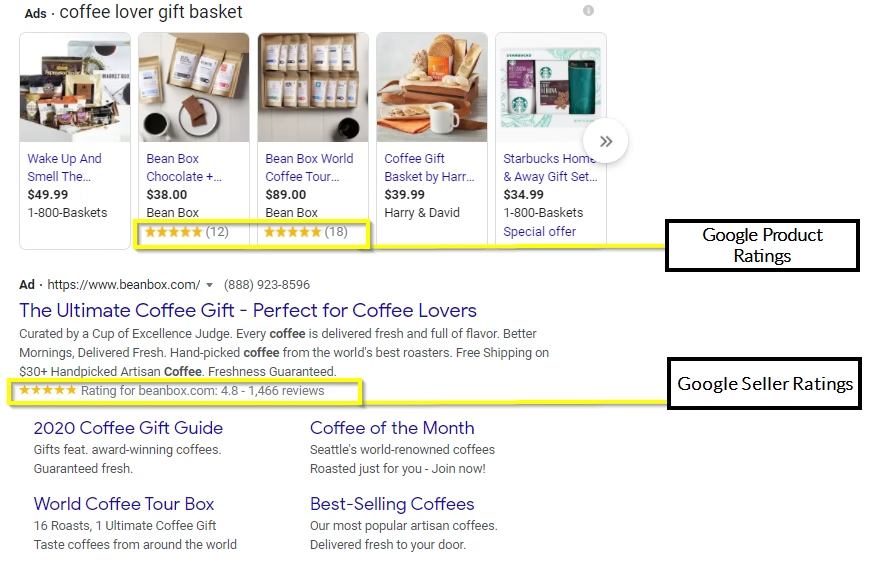
5.3. Prioritize Mobile Optimization
With 60% of Google Shopping searches happening on mobile, a mobile-friendly experience is non-negotiable. Ensuring that product pages load in under 3 seconds and using responsive design and compressed images can improve organic visibility.
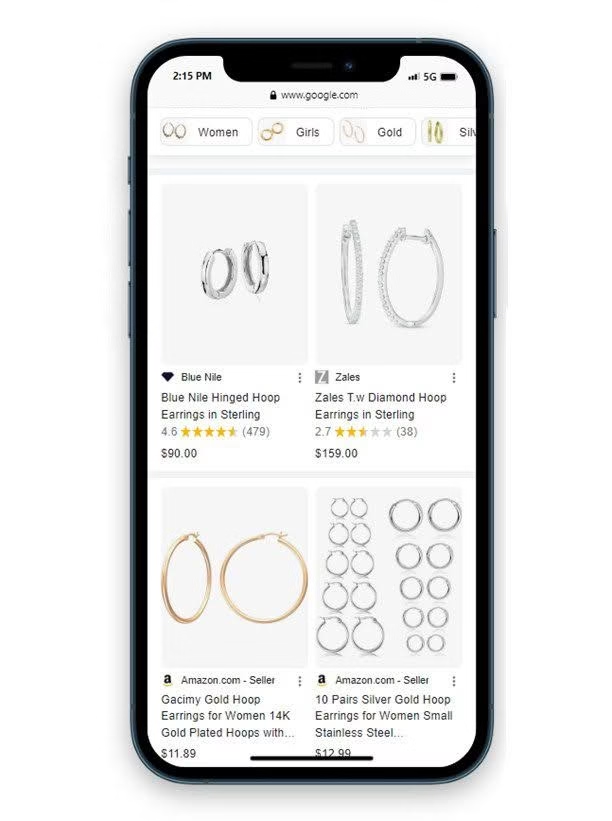
5.4. Leverage Local Inventory Ads for Geo-Targeting
Local Inventory Ads allow offline stores to showcase in-store products to nearby shoppers via Google Search and Maps. It works by submitting local product inventory feeds to Google Merchant Center and enabling “In Store” badges to attract local buyers.
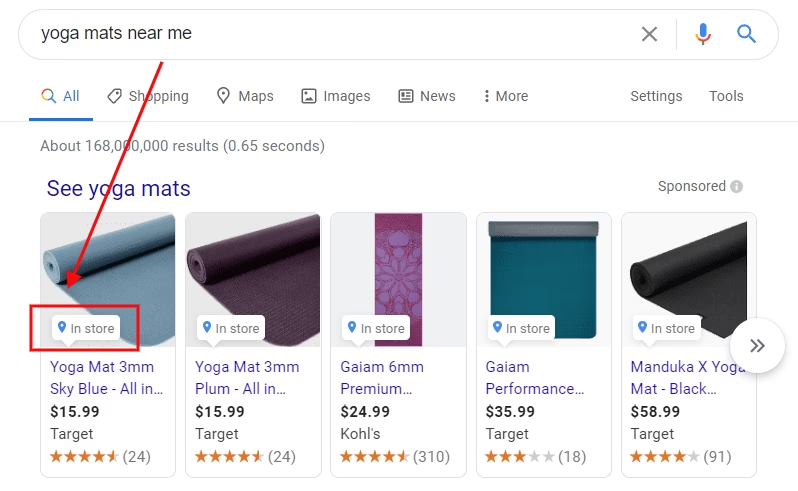
5.5. Run Promotions & Special Offers
Promotions in Google Merchant Center listings can make your products grab more attention in search results.
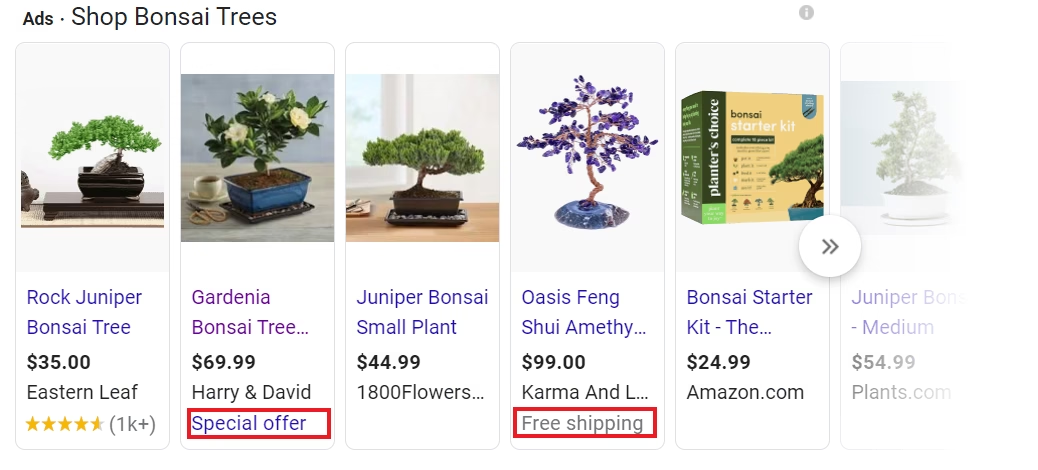
For example, adding special offers like “20% Off Summer Sale” directly in your product titles or descriptions helps your listings stand out from competitors. When shoppers see discounts or limited-time deals in your product information, they are more likely to click — which can boost your organic visibility and drive more traffic without extra ad spend.
5.6. Improve Store Quality Metrics
Google evaluates stores based on factors like return policies, shipping time, and secure checkout. Higher-rated stores rank better organically.
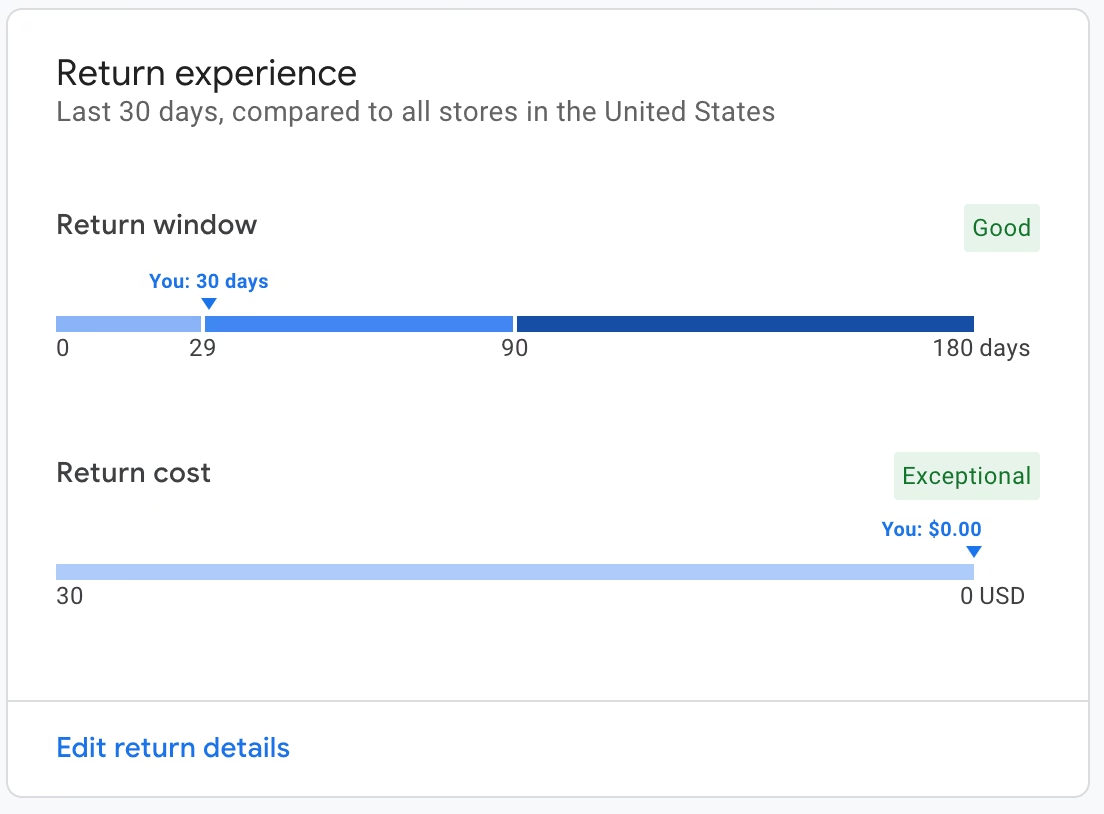
By offering fast, reliable shipping options, free returns (e.g., 30-day window) and providing transparent return policy, shipping costs and delivery timelines store quality metrics can be improved.
5.7. Sync Google Merchant Center with Google Search Console
Linking Google Merchant Center to Search Console provides insights into how your products perform in organic search. This helps to identify high-performing keywords and fix crawl errors affecting product page indexing.

5.8. Use High-Volume Product Categories
Google prioritizes products in popular categories (e.g., “mattresses,” “running shoes”). Use GMC’s product type attributes to align with these categories.

6. Additional Strategies to Improve Your Google Merchant Center Ranking
Apart from optimizing product data, here are some extra steps to improve how your products rank and appear in Google Merchant Center:
- Fix Feed Errors Promptly: Regularly check GMC diagnostics and resolve any feed or policy errors.
- Use Custom Labels: Segment products for targeted promotions or seasonal campaigns.
- Leverage Automated Feeds: Use APIs or e-commerce platform integrations (Shopify, WooCommerce, Magento) for real-time updates.
- Enable Free Listings: Make sure you’re opted in to “Surfaces across Google” for free product listings.
“A well-optimized product feed is the single most important factor for success in Google Shopping — it’s the foundation of both paid and organic visibility.”
— Ginny Marvin, Ads Product Liaison, Google
7. Conclusion
Google Merchant Center is a powerful tool for online stores to get noticed without always paying for ads.
If you set up your product feed well, use the right product details, and follow Google’s rules, your products can show up in free listings across Google platforms — like Search, Shopping, and Images.
Adding things like clear product descriptions, high-quality images, prices, availability, and even customer reviews helps Google understand your products better.
When this happens, Google shows your products to the right people — bringing you more visitors, clicks, and possible sales — all without extra ad spend.
Also Read – What Ads in WhatsApp Mean for Users and Businesses?
For more informative content and blog, follow and stay tuned to DAiOM.
Subscribe to our NEWSLETTER!


